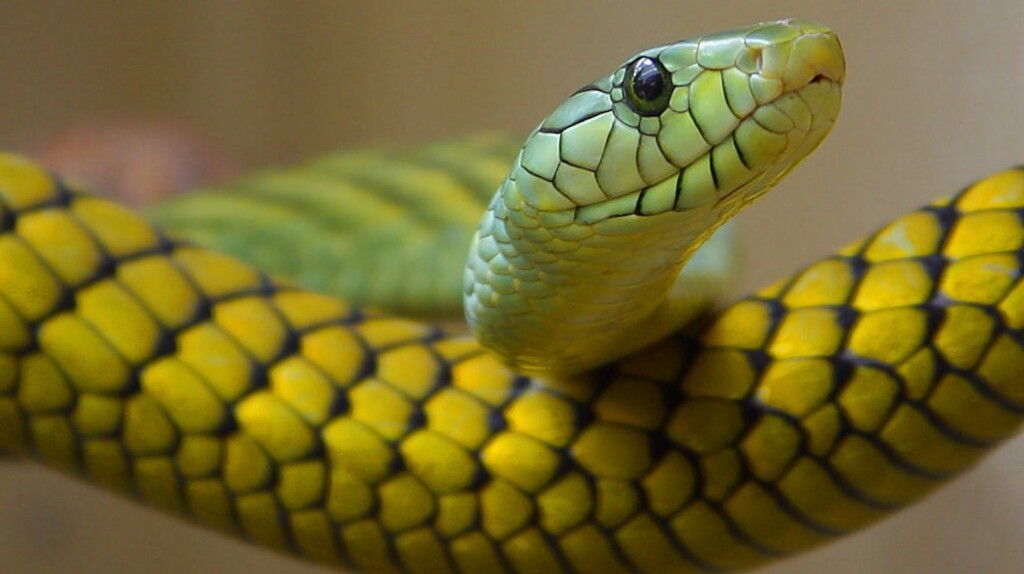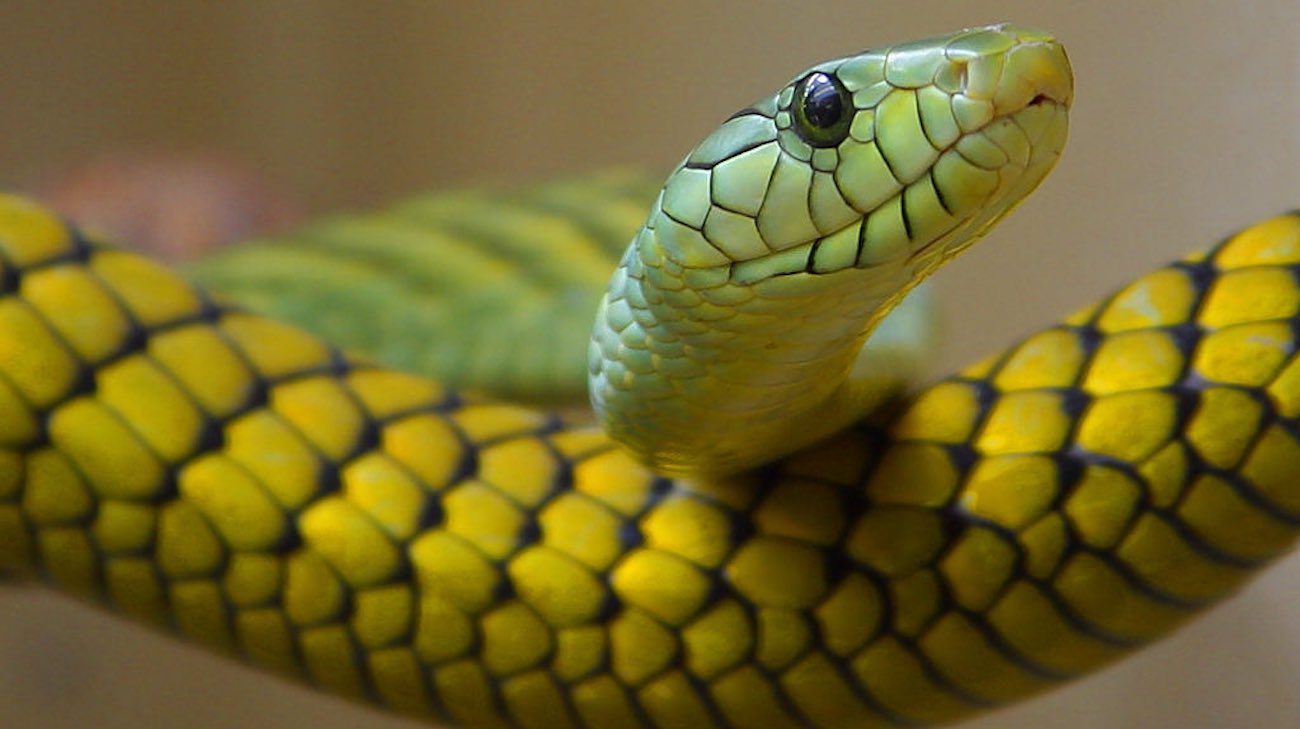
By screening billions of human antibodies, scientists may have taken the first steps towards developing a universal antivenom for snakebites. Their screen identified one which counteracts a protein in venom found in a variety of snakes including king cobras and black mambas.
Researchers at Scripps Research Institute then found that the antibody protected mice against this variety of snake venom, and the scientists published their work in the journal Science Translational Medicine.
Everyone knows that hospitals in snake-prone areas carry antivenom which reverses the toxicity of snake bites, but it’s not a very developed or sophisticated field of medicine.
Existing antivenoms involve extracting antibodies from animals which, through exposure therapy, have developed an immunity to the venom of a particular snake.
Obviously though, this provides protection against one single snake species, but in rural communities across the tropics in low and middle-income countries, there may be several snake species that humans come in contact with.
“This antibody works against one of the major toxins found across numerous snake species that contribute to tens of thousands of deaths every year,” says senior author Joseph Jardine, PhD, assistant professor of immunology and microbiology at Scripps Research. “This could be incredibly valuable for people in low and middle-income countries that have the largest burden of deaths and injuries from snakebites.”
Scripps has been ranked several times as first in the United States, and second in the world, for biomedical discoveries, and their faculty includes multiple Nobel laureates.
Like almost all animals, snakes attack humans when they are cornered, surprised, or trying to escape. Nearly all snakes eat rodents, and rural communities often practice agriculture, an environment where rodents thrive. This, unfortunately, puts humans in close proximity to snakes on the hunt for rodents, and leads to death and amputation across Asia, South America, Africa, and Australia.
In the new work, the researchers isolated and compared venom proteins from a variety of elapids—a major group of venomous snakes including mambas, cobras, and kraits. They found that a type of protein called three-finger toxins (3FTx), present in all elapid snakes, contained small sections that looked similar across different species.
In addition, 3FTx proteins are considered highly toxic and are responsible for whole-body paralysis, making them an ideal therapeutic target.
With the goal of discovering an antibody to block 3FTx, the researchers created an innovative platform that put the genes for 16 different 3FTx into mammalian cells, which then produced the toxins in the lab. The team then turned to a library of more than fifty billion different human antibodies and tested which ones bound to the 3FTx protein.
Among the 30 antibodies identified in that screen, one stood out as having the strongest interactions across all the toxin variants: an antibody called 95Mat5.
“We were able to zoom in on the very small percentage of antibodies that were cross-reactive for all these different toxins,” says Irene Khalek, a Scripps Research scientist and first author of the new paper. “This was only possible because of the platform we developed to screen our antibody library against multiple toxins in parallel.”
CURES FOR LOW-INCOME COUNTRIES: Cape Verde Becomes the First African Country in 50 Years to Eradicate Malaria
Jardine, Khalek, and their colleagues tested the effect of 95Mat5 on mice injected with toxins from the many-banded krait, Indian spitting cobra, black mamba and king cobra. In all cases, mice who simultaneously received an injection of 95Mat5 were not only protected from death, but also paralysis.
When the researchers studied exactly how 95Mat5 was so effective at blocking the 3FTx variants, they discovered that the antibody mimicked the structure of the human protein that 3FTx usually binds to.
While 95Mat5 is effective against the venom of all elapids, it does not block the venom of vipers—the second group of venomous snakes, to which almost all poisonous snakes in the United States belong to.
OTHER INNOVATIVE CURES: Cures and Prevention For Some of the Worst Diseases Come From a Surprising Ally – Our Sewers
Jardine’s group is now pursuing broadly neutralizing antibodies against another elapid toxin, as well as two viper toxins. They suspect that combining 95Mat5 with these other antibodies could provide broad coverage against many—or all—snake venoms.
“We think that a cocktail of these four antibodies could potentially work as a universal antivenom against any medically relevant snake in the world,” says Khalek.
SHARE This True Breakthrough In Antivenom With Your Friends…




















